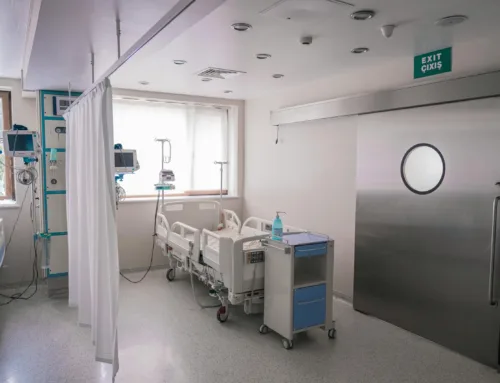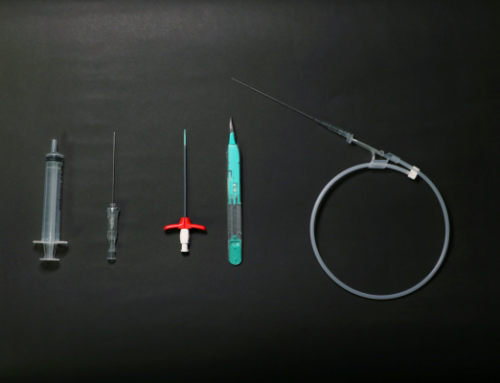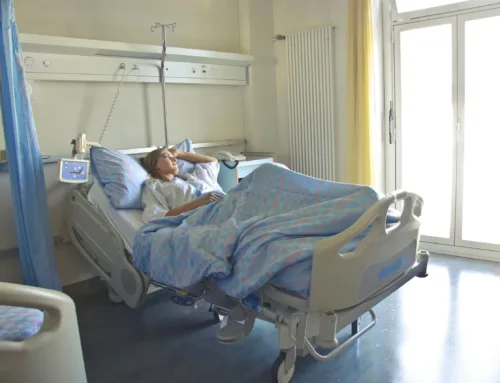“Transobturator tape removal with bilateral groin dissection improves patients’ pain and quality of life,” states Dr. Marie-Aimee Perrouin-Verbe, MD.
What else did Dr. Perrouin-Verbe, MD, report in BJUI Compass, 2024; 1-11?
“It is associated with a high rate of overall satisfaction, low morbidity and an acceptable rate of stress urinary incontinence recurrence compared to partial removal.
Groin dissection should be in the armamentarium available for patients suffering with mesh complications.
Seventy percent of patients returned to have a sexual life after surgery.
Recurrent stress urinary incontinence was reported in 32% of cases.”
Read Dr. Perrouin-Verbe’s article: https://bjui-journals.onlinelibrary.wiley.com/doi/full/10.1002/bco2.317
Dr. Greg Vigna, mid-urethral sling attorney, states “The early management of groin pain caused by retropubic slings, transobturator slings, and mini-slings is essential to prevent chronic pain, loss of sexual function, impaired mobility, and impaired sexual function. Failure to timely and reasonably manage complications of pain, caused by properly positioned and mispositioned devices, are reasons to pursue malpractice actions against the implanting physician.”
Dr. Vigna adds, “Dr. Perrouin-Verbe’s article adds to the literature that indicates that complete mesh removal is more effective than partial mesh removal for the treatment of mesh related pain, and complete mesh removal is a standard of care. Women with pain from mesh must have the option for early partial versus complete mesh removal and that means access to doctors who have the skills to do both. Patients with groin pain following retropubic slings must have early mesh removal because groin pain is common in patients with misplaced devices that are placed too far lateral into the obturator internus muscle.”
Dr. Vigna concludes, “Doctors who place polypropylene mid-urethral slings into patients who develop early groin pain must have access to early care which includes complete sling removal. The standard of care has been developed over years of injuries, and we are examining all cases of early groin pain for malpractice actions against the implanting surgeon. The literature supports these claims.”
1) The arms of retropubic slings cause serious pain syndromes in approximately 1% of women (Duckett, 2005).
2) The arms of transobturator slings cause ‘crippling symptoms’ and may require complete mesh removal (Misrai, 2009).
3) The arms of transobturator slings cause nerve entrapment (Roth, 2007).
4) Thigh dissection in patients with refractory neurological symptoms following transobturator slings is related to soft tissue impacts from the mesh and not direct nerve injury in an overwhelming majority of women (King, Goldman, 2016, Rigaud 2010).
5) Twenty-five percent of women with groin pain following transobturator slings who undergo partial mesh removal for pain, ultimately go onto complete mesh removal (Fuentes, 2021).
6) Ilioinguinal neuralgia and pudendal neuralgia are complications of retropubic slings (Lotze, 2011).
7) Laterally placed retropubic slings produce an increased risk of pelvic pain (Rigaud, 2010).
8) Mini-slings that insert into the obturator internus muscle cause over 2x the dyspareunia without substantially reducing the risk of groin pain when compared to full-length mid-urethral slings (Abdel-Fattah, 2022)
9) Complete sling removal in both retropubic and transobturator slings were associated with a significantly greater percentage of pain resolution compared to partial removal (Zeng, Twist, 2022)
Dr. Vigna is a California and Washington DC lawyer who focuses on catastrophic injuries and the neurological injuries caused by mid-urethral slings including pudendal neuralgia, obturator neuralgia, ilioinguinal neuralgia, and complex regional pain syndrome. Ben Martin is national pharmaceutical injury and malpractice attorneys in Dallas, Texas.
Click here for a FREE BOOK on Vaginal Mesh Pain: https://vignalawgroup.com/publications/





